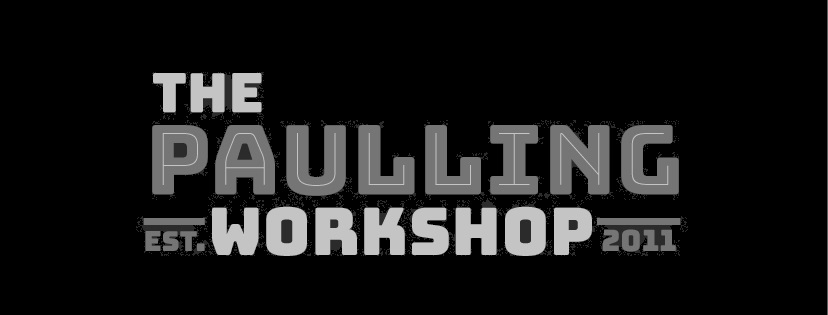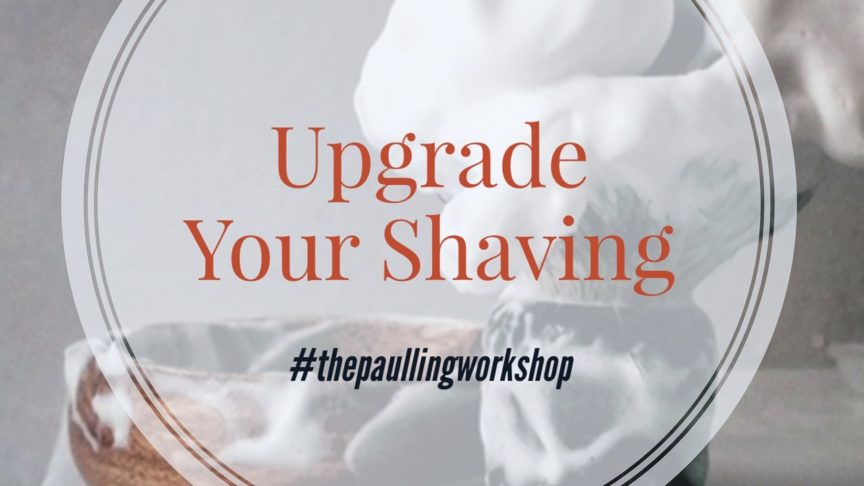I’m going to start this post off with an aside: this post is all about modern day shaving done in an old fashioned way, but it’s not just for men and their faces. Men and Women alike can use the information in this post to get the best shave of their life. So let’s get started.
For me, it all started a few years ago when I just got really tired of skin irritation after shaving. The pain of small red breakouts after a close shave just led me to quit shaving altogether and grow a beard. Which is nice. But I live in Texas and it’s stupid hot here in the summer time, so the long, shaggy hair had to go. But how?
I did some research into better ways to shave and almost everything I found pointed me to Safety Razors. (aka butterfly razors). This is an old school style of shaving, but it turns out that it provides a phenomenal shave without the skin irritation I get from modern razors. Turns out, adding more and more blades to a razor does in fact get a closer shave in one pass, but those 2nd and 3rd and 4th blades end up scraping your skin more because the front blade takes away the shaving cream and the last blades are left to run across bare skin. Theres only so much that little lubrication strip on the front of your Mach 3 can do.
After learning that, I turned to the cheap, single blade throw away razors that you can get at Walmart, and those were so flimsy and dull that it wasn’t worth using. After all that, I took the plunge into the world of safety razor shaving and I’ll never go back.
The startup costs of the “safety razor culture” is higher than the disposable world of shaving, but after you get a nice razor and brush, your costs are ridiculously tiny. The blades I use are super sharp and I get 100 pack for $11. I’ve used them for years and still have more than half left. You’ll save money in the long run.
A Note about Buying into the Shaving Culture
A lot of guys like to completely overhaul their shave regimen when dipping into safety razors: they get the razor, blades, brush, soap, bowl, stand, etc… but you don’t have to do all that. You can start with just the razor and blades and continue to use all the other soap and aftershave that you already use. Getting started with good supplies here is crucial and if the higher starting price is a turn off, I encourage you to just get a good razor and start with that. I promise you’ll thank me.Required Parts
To get started, you’ll need a handful of things: These are my recommendations.
How to Shave
Before we begin, the most important part of the process is knowing which way the hair on your face grows. Every part of your face will be different: your sideburns grown down, your chin to each side, and your neck all over the place. It’s crucial that your blade cuts WITH the grain of your hair, and not against it.
Start by putting your brush in a bowl of hot water to soak. This lets the bristles absorb water (for making the soap foam up) and soften (for a more pleasant feel). While this is soaking, taking a hot shower is a great next step (or you can just wash your face with a facial scrub). The hot water opens up your pores and softens the hair so thats its easier to cut. The effort required to cut hair is reduced by 2/3 when hair is wet. Less effort means less friction and therefore less irritation.
Apply the soap to your face. Grab your brush and apply a nickel sized amount to the brush (if you use cream) and swirl inside of a soap cup for a few seconds. If you are using a puck, just swirl the brush around on the surface of the soap and it will begin to foam. This takes a bit longer than if you start with a mostly liquid cream. Make sure you brush in all directions and get the soap all up in the hair’s business. Let the shaving cream sit for 30 seconds on your face (the first time you lather up).
Start shaving. Start with the sideburns and sides of your face first, going in the direction of hair growth. DO NOT PUT PRESSURE ON YOUR FACE. Allow the weight of the razor to glide down the hairs. Pressing into your face is the leading cause of cuts from a safety razor. Using a safety razor takes technique and it will be slower until you get used to how to shave differently. The first pass will not completely remove all the hair. Don’t try to. Instead, focus on hair reduction in the first pass; not complete hair removal. Hold the razor at about a 30 degree angle and gently glide it down your face. Use short strokes and don’t let the blade clog with hair. Take a little bit at a time, flip around to use the other side of the blade, and then rinse under hot water.
Move on to your neck. Continue to follow the grain direction of hair, which will likely be in all different directions depending on which part of your neck you are on. For me, the adam’s apple is a tough spot because there are apparently no rules for hair growth down there.
Finish off with your lip and chin. Shaving these last allows the shave cream to penetrate longer on these tough areas. Use your other hand to stretch skin so that it’s flat and it will be easier.
Apply a second round of lather and repeat. Do this as many times as it takes to remove all the hair. Each round will remove more and more hair. The longer you have gone without shaving, the longer this will take. I generally “shave” 4 times when I want to go baby smooth. The very last pass, once you get it really really short, can be done against the grain (if you REALLY need smoothness. like for a wedding or something.) Go carefully and slowly. Don’t dig in. Try not to irritate sensitive areas. You really don’t need to do this, but you can. Also, be aware that going too short can cause ingrown hairs.
Rinse. After you’re satisfied with the shave, rinse with colder water to close the pores, towel off with pats (not rubs that irritate), and apply your aftershave for a cool finish. Tea tree oil and Aloe are both great ingredients for minimizing irritation and bumps.
Parts featured in this article:
Support us on Patreon!
I hope you've enjoyed this tutorial! Please consider donating on our Patreon page! The more money we raise, the bigger and more elaborate project tutorials we can do for you!
Check out the Patreon Page

Comments
Inspired by Sam Paulling, this safety razor has changed my life. I shaved my entire post-pubescent life with an electric shaver, only to consistently irritate seemingly every follicle on my wussy neck skin. I made a cold hard transition from electric to safety 1.5 months ago and haven’t looked back. No more bumps. No more dreading the baby face. Now I facially manscape in peace. I look forward to shaving. It has become a BroSpa. An artisan craft. A hobby. Cheers to The Paulling Workshop for pulling a Mulan: “I’ll make a man OUT OF YOU”.